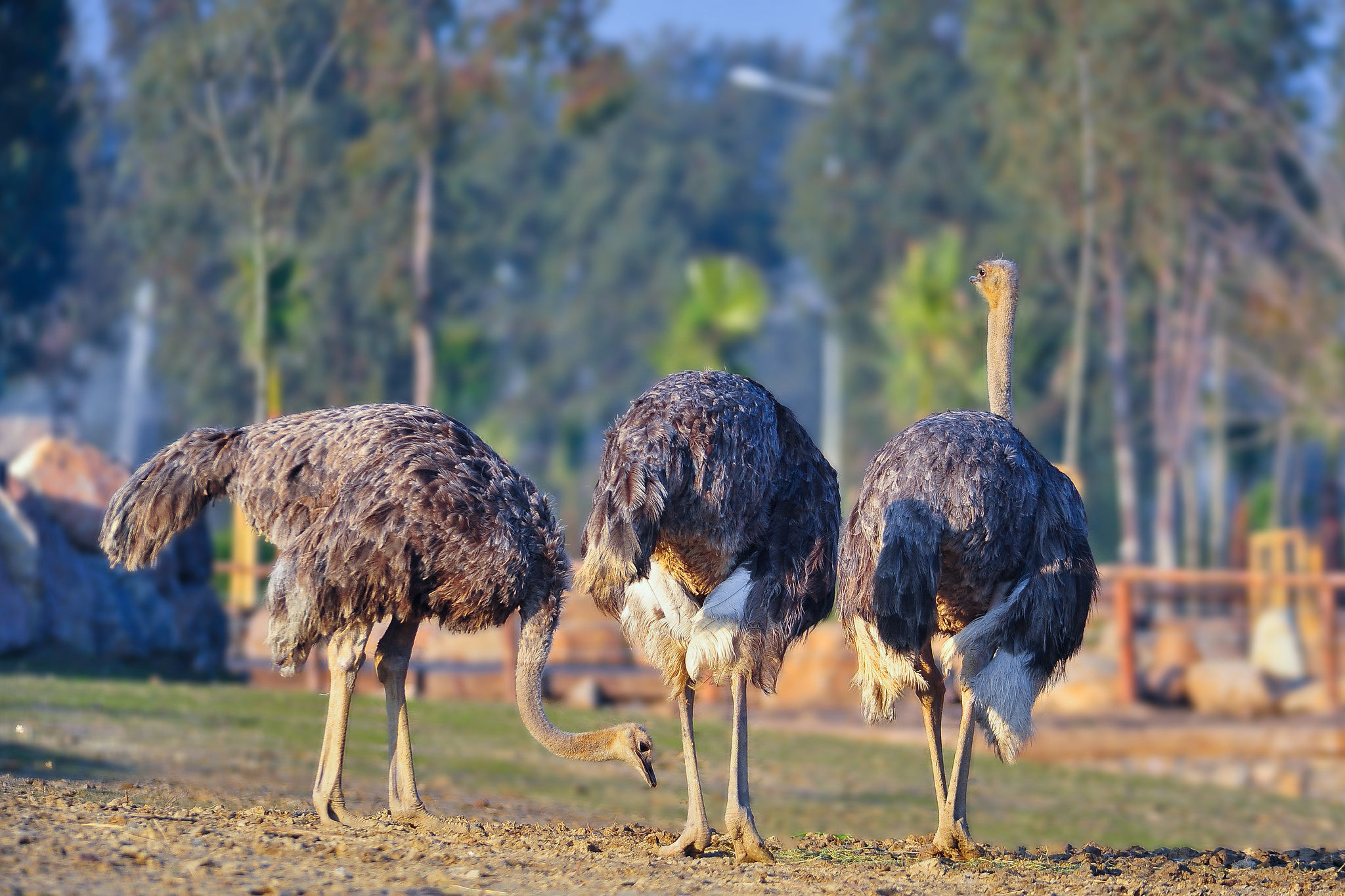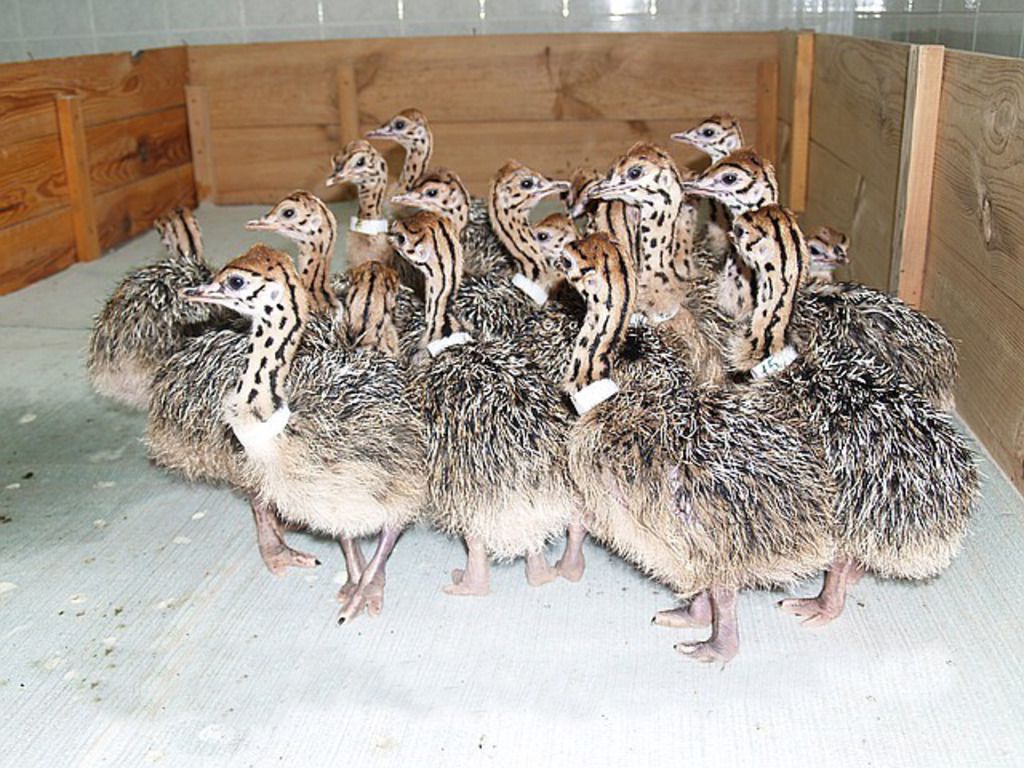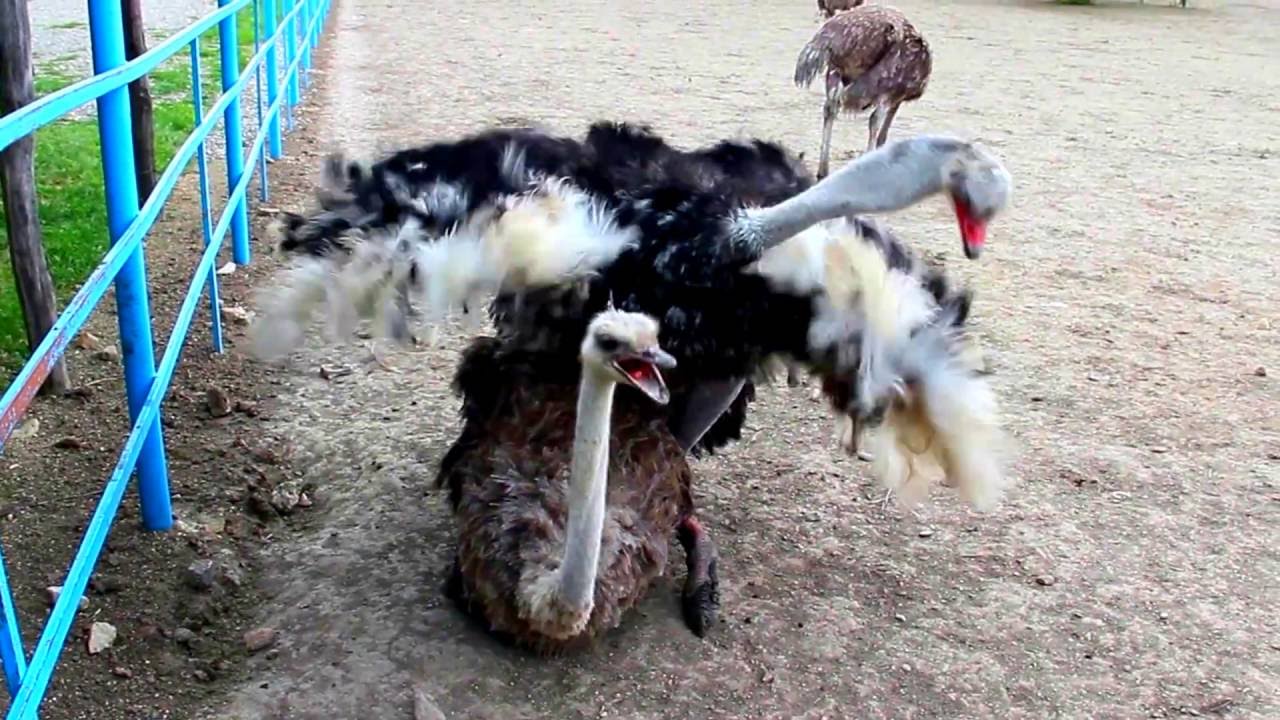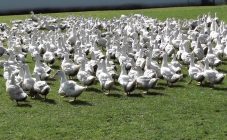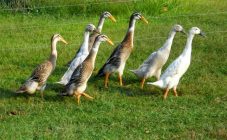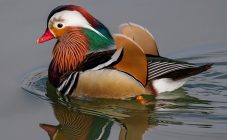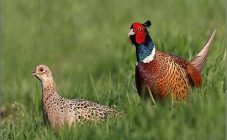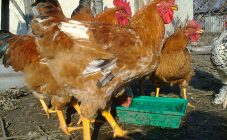Content:
For more than 10 years in the CIS countries, a very exotic poultry farming has been practiced - growing ostriches. At first glance, it may seem that such farming is very difficult, even almost unrealistic, because the ostrich is a bird that is most often found in exotic countries. Where ostriches live (Africa, Brazil, Australia and so on), there are no cold frosty winters. But in fact, the bird feels great at a temperature of -25 degrees. This type of farming will give good results if you fulfill all the necessary conditions for keeping birds, and also choose the right breed as much as possible.
Ostriches are a very ancient bird that cannot fly. Its name is reflected in many ways. Its name even echoes the name of the famous person Bjorn Stroustrup, who proved himself to be a genius in programming. Many ornamental plants are named after these birds. For example, the cultures of astilbe "Ostrich feather", Straussenfeder, Ostrich, etc. are very popular.
Choosing an ostrich breed for breeding
Birds of the African ostrich breed feel best in the Russian climate. It is the largest member of this bird species and tolerates harsh conditions with frosty winters well.
The African ostrich is grown even in Siberia. The most widespread is the Somali subspecies. In terms of endurance and resistance to adverse conditions, it can be called a Russian ostrich, since the climate of the Moscow region is also suitable for these birds.
Less often in farms, you can find such representatives of ostrich species as the common (helmet-bearing) cassowary and the Asian emu.
Black ostrich
How much an ostrich weighs depends on the sex of the bird and the characteristics of care:
- a male with a growth of 2.7 m can reach 150 kg in weight;
- the female is slightly lower - the maximum height is 2 m, the weight of the female ostrich reaches 120 kg.
The description will be incomplete if you do not tell what an African black ostrich looks like. This bird is distinguished by a dense constitution, a long neck without feathers, and a small, slightly flattened head. A large beak and round eyes immediately stand out, which are framed by large thick fluffy eyelashes.
Everyone knows that the eyes are the same size as the brain of an ostrich. Also, brain weight can be compared to chicken.
The most powerful, even intimidating part is the legs. The foot is three-toed, on which the two most powerful toes with horny growths stand out. Their functionality is equated to the role of horse hooves.
When describing an ostrich, special attention should be paid to feathers and down. This is a very valuable raw material, which is in no less demand than meat. The feather is used to decorate hats, things; very beautiful bundle compositions are created with their use. The plumage is evenly distributed over the body, it slightly fluffs and curls. The skin of an ostrich neck, chest and head is not covered with feathers.
Males and females of the African ostrich differ in their color. In males, the body color is black, only the chest and tail are white. The female is more modestly colored. The body is brown with a slight gray tint. The tail and chest are white, but dirtier.
A bird like the ostrich belongs to long-livers. The age of the oldest individuals reached 80 years, but the reproductive function lasts only about 40 years.
In the wild, females begin to lay at about 4 years of age, but at home, you can achieve that eggs appear as early as the second year. Also, under artificial conditions, a higher egg production is observed - one female per season can lay up to 110 eggs, each weighing 1.4-1.9 kg. Under natural conditions, one female lays a maximum of 18 eggs.
Ostriches scream in a very original way, it will be interesting to listen to such sounds near your home. They have a peculiar language.
It is advantageous to breed ostriches because the result is a large yield of meat. In one season, if the female lays about 60 eggs, approximately 40 ostriches will be hatched. It is clear how much an adult ostrich weighs (about 100 kg), it is not difficult to calculate the amount of meat. As a result, the owner will have about 4 tons of delicious ostrich meat.
Growing features
The bird is unpretentious in care, but it is still necessary to provide them with comfortable conditions. It is thanks to this that the ostrich will feel comfortable, will begin to grow, rush and reproduce. The main rule for farmers who decided to raise such birds is to create as close conditions as possible to the area where ostriches live in their natural environment.
Breeding methods
Before purchasing ostriches, it is worth deciding on the method that will be used when raising poultry.
Today there are three options:
- Intensive method. This option is based on the principles of stall keeping. Birds are kept in pens and hatching is done in incubators. If you properly organize food and provide all the necessary conditions, then one female will bring about 90 eggs per season. But you should be prepared for the fact that if there is no pasture, green fodder will have to be constantly harvested.
- Extensive method. With this option, conditions are created that are as close to natural as possible. Ostriches are free-range, mating is at the discretion of the birds. As a result, there will be many fertilized eggs. Another advantage of this method is a significant savings in feed, but this option is suitable for areas with a warm climate, as well as if there is a lot of space on the walking area.
- Mixed method. This option will be the ideal solution for beginner poultry farmers. It combines keeping in pens with periodic free-range. This form of cultivation can also be used in areas with a fairly cold climate.
Feeding principles
There will be no problems with feeding ostriches for birds, since they are by nature omnivorous. You don't have to wonder what the ostrich eats.Everything that nature gives is suitable for them for feed. Most of their diet consists of vegetation (roots, leaves, fruits, grass), but they do not disdain small animals, insects.
The owner must ensure that the bird's daily diet contains:
- 50% vegetable feed;
- 30% combined food;
- 20% is chosen at the discretion of the farmer, in accordance with his capabilities.
Young individuals are fed from 3 to 4 times, two meals a day will be enough for adults. The daily average rate for an adult bird is 3 kg of feed.
This volume should contain the following components:
- The vegetable part can be represented by forage or white cabbage, clover, corn, rapeseed, cereals, mustard, nettle, mulberry, quinoa, nettle, and so on.
- Rough forage in the form of hay, soybeans, cereal straw.
- Root vegetables (carrots, cucumbers, apples, watermelons, bananas, radishes, etc.).
- Minerals in the form of shells, egg shells, limestone, gravel.
- Feed additives represented by fish, meat and bone meal or bone meal.
Reproduction
The breeding season for birds begins with the onset of warmth (approximately mid-March) and lasts until October. During the breeding season, the female can lay up to 100 eggs.
At home, ostriches can be bred in two ways: by natural or artificial incubation. As practice shows, an artificial option is more profitable and expedient. If eggs are taken from the female immediately after their appearance, the bird will carry more, which will increase its egg production rates.
By their nature, ostriches are polygamous, therefore it is most effective to keep them in groups, where 1 male and 2-4 females will live.
During the breeding season, the male begins to look after the females, a certain hierarchy is formed in a short time. In a small polygamous family, one beloved female appears and several minor ones.
After mating takes place, the female begins to rush. This happens every other day. Sometimes there are small breaks.
Benefits of breeding ostriches
Many farmers who want to engage in poultry farming for profit choose ostrich farming as a very profitable business for Russia. It is easy to explain why you can achieve great success with us. In America and Europe, this business area is quite developed, but in Russia the needs of those wishing to purchase ostrich skin, meat, eggs, feathers and ostrich down are satisfied only by 1-2%, so there are really good prospects.
The positive facts of breeding this species of birds include:
- Unpretentiousness in food. The ostrich, by nature, is an omnivorous bird. He eats any greens, and also does not hesitate to feast on insects in the form of beetles, flies, worms, and so on.
- Even during the period of active growth, ostriches do not require exotic complementary foods, they will have enough additional vitamin complex.
- Ostriches are fairly hardy birds, perfectly tolerating drafts, rain and even frost.
- In winter, for a comfortable existence, it is required to maintain a room temperature of at least 12 degrees.
- Sexual maturity is reached by the second year and does not stop for about 25-30 years.
- The female can lay up to 70 eggs in one season, which guarantees a high percentage of chicks. If incubation is carried out in an incubator, then 90% of the eggs will hatch. With natural incubation, the yield is much lower - about 40%.
- Not only ostrich and eggs are in great demand, but also fat, feathers and down.
As experienced poultry farmers involved in the official breeding of these birds testify, with the right approach to raising ostriches, it can result in a very profitable farm that will quickly cover all the costs of organizing it.
